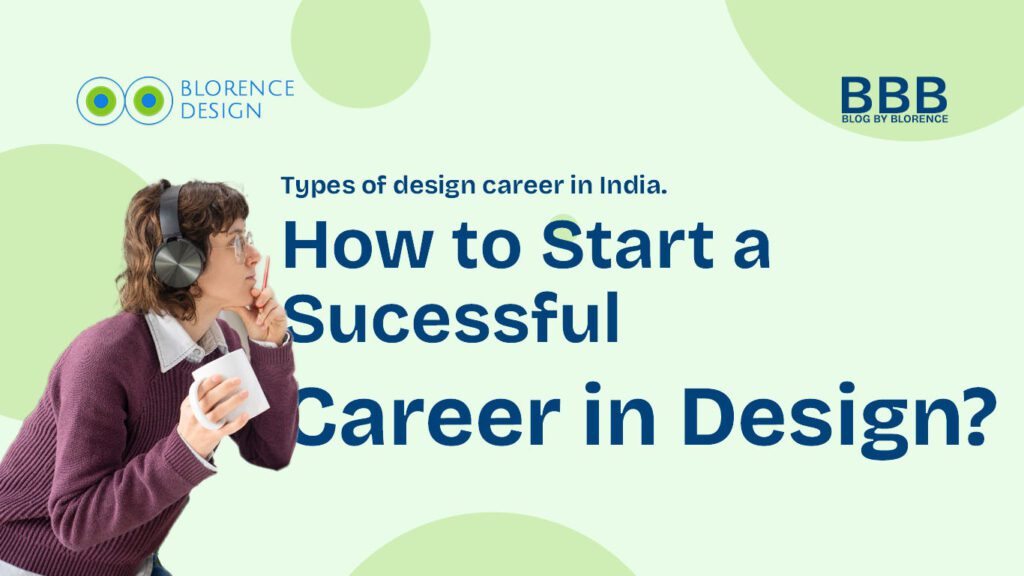
Introduction
Are you captivated by colors, intrigued by typography, or obsessed with visual storytelling? If so, a career in graphic design might be your calling. Graphic design is more than just creating pretty images; it’s about communicating ideas and evoking emotions through visual art. Here’s a guide to help you embark on this exciting journey and become a graphic designer.
Understand the Role
Before diving in, it’s essential to understand what a graphic designer does. Graphic designers create visual content for various media, including websites, advertisements, magazines, and product packaging. They use elements like typography, imagery, and color to convey messages and engage audiences.
Develop Your Skills
To succeed in graphic design, you need a blend of creativity and technical skills. Here’s how to start:

- Learn the Basics: Begin with foundational courses in design principles, color theory, and typography.
- Master Software: Get proficient with design software like Adobe Photoshop, Illustrator, and InDesign. Online tutorials and courses can be incredibly helpful.
- Stay Updated: Graphic design trends evolve rapidly. Follow design blogs, join design communities, and keep your skills fresh.
Build a Strong Portfolio
Your portfolio is your calling card. It showcases your skills and style to potential clients or employers. Here’s how to create a compelling portfolio:

- Start Small: Include personal projects or redesigns of existing works to demonstrate your abilities.
- Diverse Work: Showcase a variety of projects, from logos and posters to web design and branding.
- Quality Over Quantity: Ensure each piece in your portfolio is polished and professional.
Get Educated
While formal education isn’t mandatory, it can be beneficial. Consider pursuing a degree in graphic design or enrolling in specialized courses. Many online platforms offer affordable and high-quality courses that can help you hone your skills.
Gain Experience

Real-world experience is invaluable. Look for internships, freelance gigs, or volunteer opportunities to work on actual projects. This will not only build your portfolio but also help you understand client needs and deadlines.
Network and Market Yourself
Networking is crucial in the design industry. Attend design conferences, join online forums, and connect with other designers on social media platforms. Additionally, create a professional online presence with a personal website and active profiles on design communities like Behance and Dribbble.
Never Stop Learning
Graphic design is a dynamic field. Stay curious and keep learning new techniques and tools. The more you learn, the more versatile and valuable you become as a designer.


